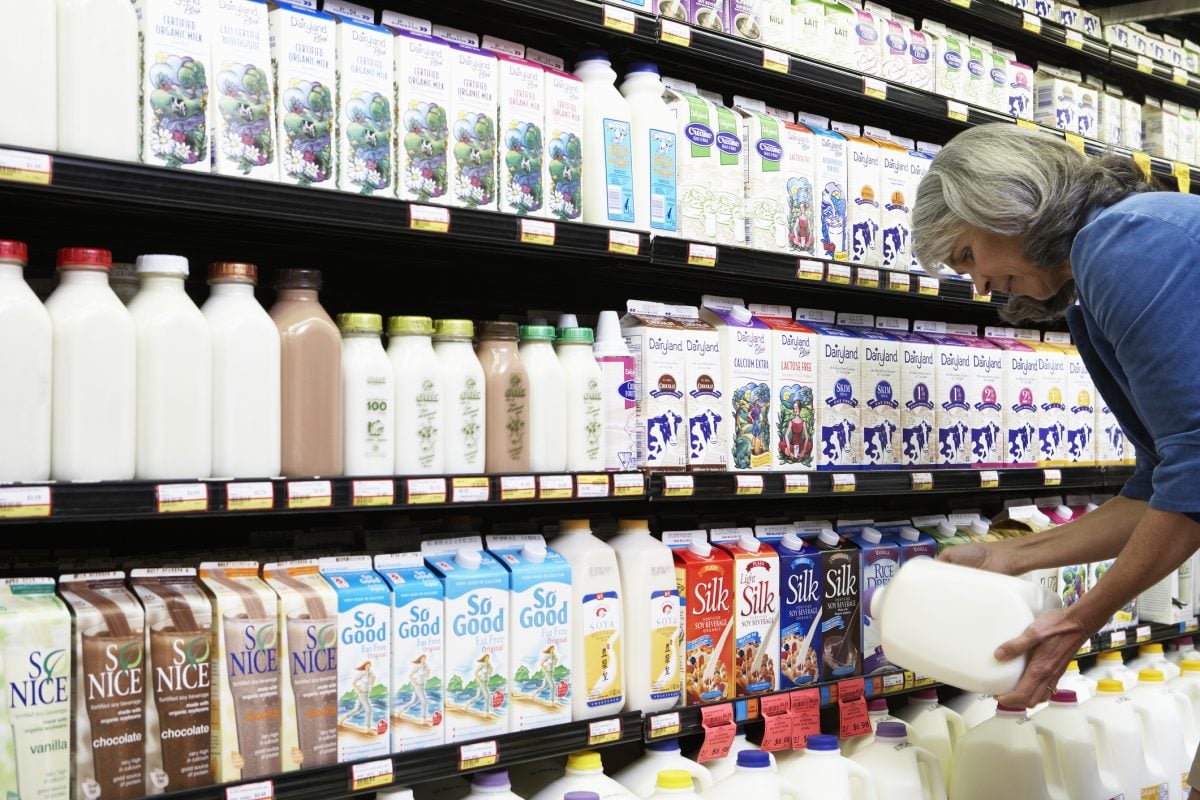Will calorie consumption decline in the future thanks–in part–to a viral weight-loss drug? A recent food trend report suggests it could.
“Recent demographic forecasting suggests we are looking at a world population that will peak in a couple of decades and then go into decline,” says a recent report from Nourish Food Marketing.
It blames reduced fertility rates, increased urbanization, the recent pandemic and an aging population for the projected population “bust” and says that means the number of calories needed will decline.
Read Also

Trade tensions boosted confidence in Canadian food system, report shows
U.S. tariff threats have boosted Canadians’ view of the nation’s food system according to the 2025 public trust report from the Canadian Centre for Food Integrity. Trust in Canadian farmers remains high but has been eclipsed by trust in scientists.
However, it couples this with the growing effects of weight-loss drugs like Ozempic.
Ozempic is a brand name for drug semaglutide, a drug originally developed for diabetes. However, its ability to induce weight-loss was popularized in the last couple of years by celebrities and social media influencers.
Demand became so high in the U.S. that, coupled with supply issues, it led to a shortage of the drug in early 2023, NBC reported.
Wegovy, a weight-loss specific version of the drug, has been hard to find in Canada, Global News reported on Feb. 5, however by this spring its projected to become more widely available.
“As more drugs in this class become available, the price will fall, and the number of insurance/benefits companies willing to fund them will rise due to the positive overall health outcomes and lower related claims,” the Nourish report said. “Both these effects could dampen demand for food and reshape the food ecosystem.”
“You can’t eat as much,” said Jo-Ann McArthur, president of Nourish. “You also end up consuming those calories differently.”
This already appears to be shifting consumption, McArthur said.
“The Walmarts of the world who have been tracking this in the U.S. through their consumer data are already seeing shifts in behaviour.”
Pepsi, Nestle and Walmart have mentioned this in earns calls, McArthur said.
Not all companies are concerned. In an Oct. 5 Wall Street Journal report, Conagra CEO Sean Connolly said a significant drop in calorie consumption was a long way.
Conagra owns such brands as Orville Redenbacher, Duncan Hines and Slim Jim. Snacks, Connolly said, are among the fastest growing and most profitable sectors of food.
If consumers began turning, en masse, to healthier food, they’ll develop new products, he added.
Trends to watch
Along with the ‘Ozempic effect,’ Nourish suggested artificial intelligence–AI–was something to watch going forward.
“At the farm level, AI will enable insight-driven farming, resulting in maximum yields with fewer inputs,” it wrote.
“It would be like adding a full-time analytics team without the associated costs.”
Food and food-service companies are making creative use of the technology–e.g. Miso Robotics’ ‘Flippy,’ a robotic kitchen assistant that can autonomously cook French fries, nuggets and other fried items.
However, greater implementation of AI will necessitate more skilled workers, Nourish added.
In agriculture, “An engineering degree may be just as relevant as a traditional degree from an agricultural college,” the report said.
Nourish also predicted that in the future, water will no longer be considered a free good.
Water shortages and droughts have been all over the news, the report said. This is making consumers think of water as a finite resource and take steps to steward it well.
Water stewardship could be the next battleground, Nourish said, and agriculture is the “world’s most water-intensive industry.”
Nourish’s other trends to watch are a mainstreaming of alcohol moderation; a return to simpler meat alternatives; the rise of Generation Alpha; a focus on eating for brain health; and a rising concern for biodiversity in agriculture.











